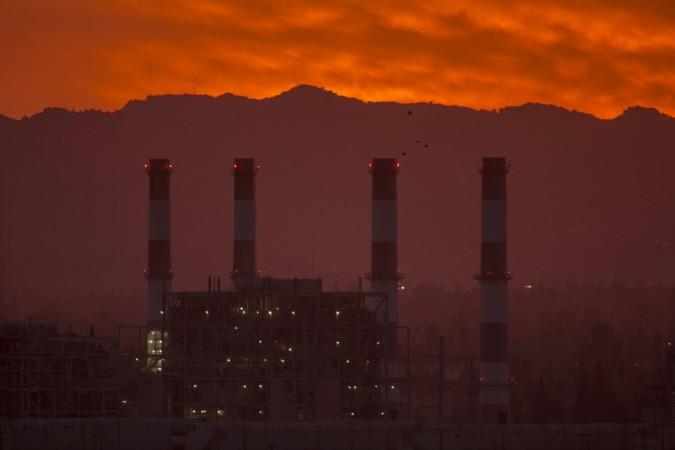
As climate change worries due to the increased amount of carbon dioxide in the atmosphere continue to loom up, a team of scientists has now successfully developed a technique which is capable of turning CO2 into solid coal. Experts believe that this new technique is a breakthrough initiative to combat climate change, as it allows the removal of carbon from the atmosphere which can be permanently stored in the form of coal.
The study led by a team of researchers at the RMIT University in Melbourne, Australia used a liquid metal electrocatalyst that contained nanoparticles of the rare-earth metal cerium, and thus they converted the greenhouse gas into a stable solid form. Researchers who took part in this study revealed that this method of turning carbon dioxide into coal is very efficient and scalable.
The study report published in the journal Nature Communications also hinted that the primary goal of all these projects is to return the coal to the depths of the ground and thus essentially reversing carbon emissions.
"While we can't literally turn back time, turning carbon dioxide back into coal and burying it back in the ground is a bit like rewinding the emissions clock. To date, CO2 has only been converted into a solid at extremely high temperatures, making it industrially unviable. By using liquid metals as a catalyst, we've shown it's possible to turn the gas back into carbon at room temperature, in a process that's efficient and scalable. While more research needs to be done, it's a crucial first step to delivering solid storage of carbon" said Dr Torben Daeneke, a top researcher at the RMIT University, The Independent reports.
Dr Dorna Esrafilzadeh, a Vice-Chancellor's Research Fellow in RMIT's School of Engineering who is the lead author of the study revealed that this process produces a synthetic fuel as a byproduct, and it can be widely used for industrial applications in the future.
A few days back, a research report published in the journal Geophysical Research Letters had revealed that humans may face a doomsday-like event triggered by climate change in the next 140 years. The study also warned that carbon dioxide emissions in the planet are getting elevated to new levels, and the geologic impact of this adverse change will be more visible on earth in the upcoming decades.

















